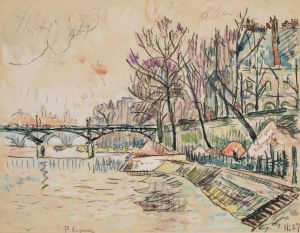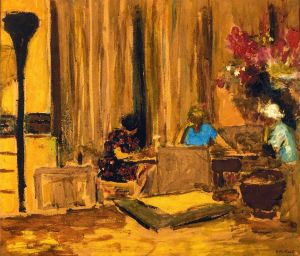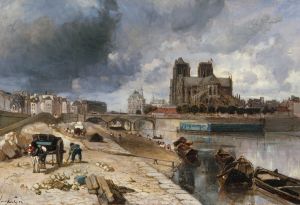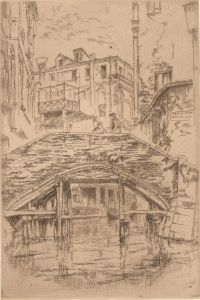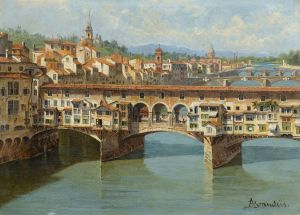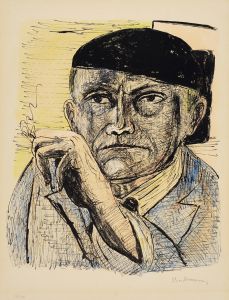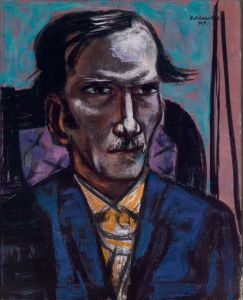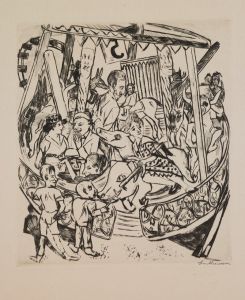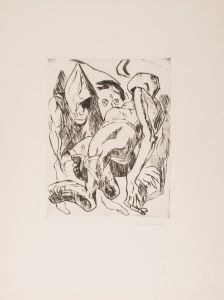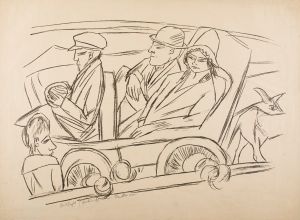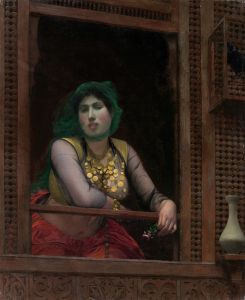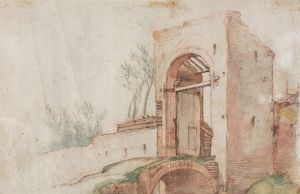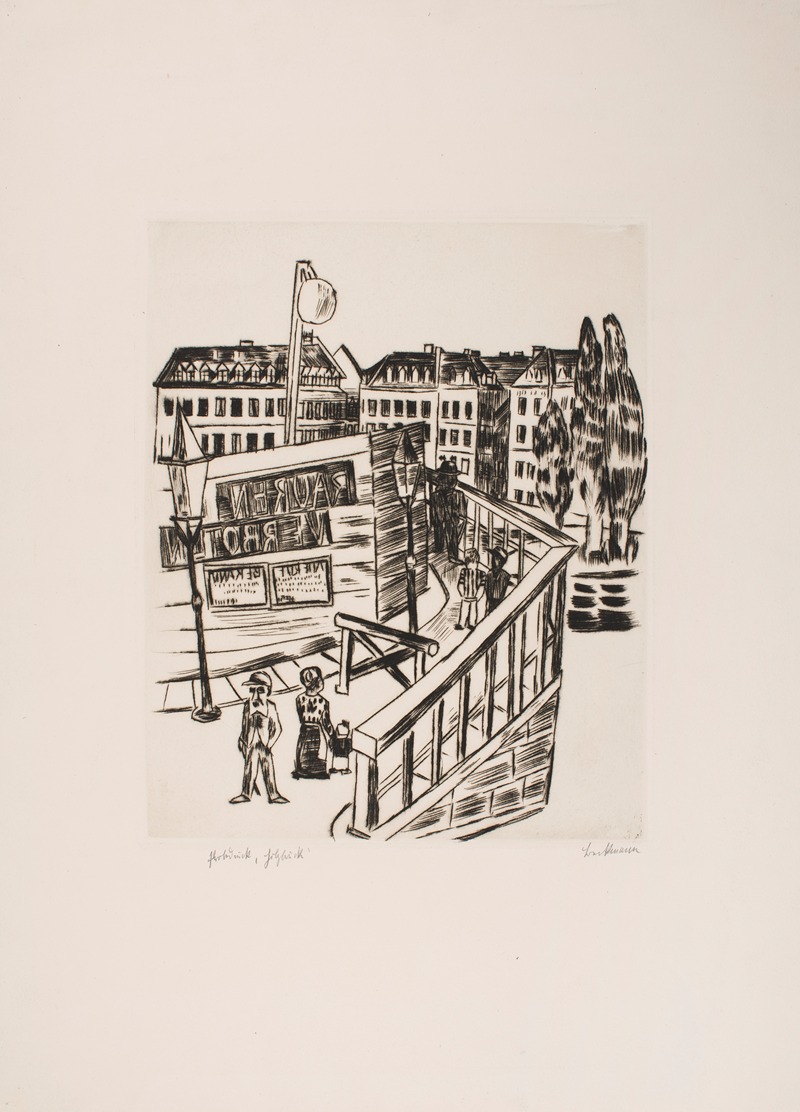
Wooden Bridge
A hand-painted replica of Max Beckmann’s masterpiece Wooden Bridge, meticulously crafted by professional artists to capture the true essence of the original. Each piece is created with museum-quality canvas and rare mineral pigments, carefully painted by experienced artists with delicate brushstrokes and rich, layered colors to perfectly recreate the texture of the original artwork. Unlike machine-printed reproductions, this hand-painted version brings the painting to life, infused with the artist’s emotions and skill in every stroke. Whether for personal collection or home decoration, it instantly elevates the artistic atmosphere of any space.
Max Beckmann's "Wooden Bridge" is a notable work by the German painter, who is recognized for his contributions to the Expressionist movement. Beckmann, born in 1884 in Leipzig, Germany, is known for his unique style that blends elements of Expressionism, New Objectivity, and his own personal experiences. His works often reflect the tumultuous periods of the early 20th century, including the impact of World War I and the interwar years.
"Wooden Bridge" was painted during a period when Beckmann was exploring themes of urban life and the human condition. While specific details about the painting's creation, such as the exact year it was painted, are not widely documented, it is consistent with Beckmann's style of the 1920s and 1930s. During this time, Beckmann was living in Frankfurt and later Berlin, where he was deeply influenced by the social and political changes occurring in Germany.
The painting is characterized by Beckmann's use of bold lines and a dark, rich color palette, which are hallmarks of his work. His compositions often feature complex, crowded scenes that convey a sense of tension and drama. In "Wooden Bridge," Beckmann likely employs these techniques to explore themes of connection and transition, both literal and metaphorical. Bridges in art often symbolize passage and change, and Beckmann's interpretation may reflect the societal shifts of his time.
Beckmann's work is often noted for its psychological depth and symbolic complexity. He frequently included allegorical elements and drew on mythological and biblical references, which can also be seen in "Wooden Bridge." The figures in his paintings are typically rendered with a sense of weight and presence, contributing to the overall intensity of the scene.
Throughout his career, Beckmann faced significant challenges, particularly during the rise of the Nazi regime in Germany. His art was labeled as "degenerate" by the Nazis, leading to his dismissal from his teaching position at the Städelschule in Frankfurt and the removal of his works from German museums. In 1937, Beckmann left Germany for Amsterdam, where he continued to paint until he eventually moved to the United States in 1947.
"Wooden Bridge," like many of Beckmann's works, reflects his resilience and commitment to his artistic vision despite the political and personal adversities he faced. His paintings remain influential, offering insight into the complexities of human experience during one of the most challenging periods in modern history.
Today, Max Beckmann is celebrated as one of the most important artists of the 20th century. His works are held in major collections worldwide, and his influence can be seen in the development of modern art. "Wooden Bridge" stands as a testament to his skill in capturing the essence of his time through a distinctive and powerful visual language.





